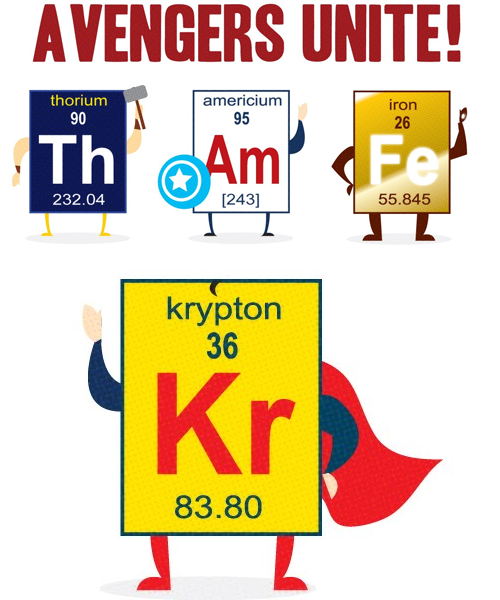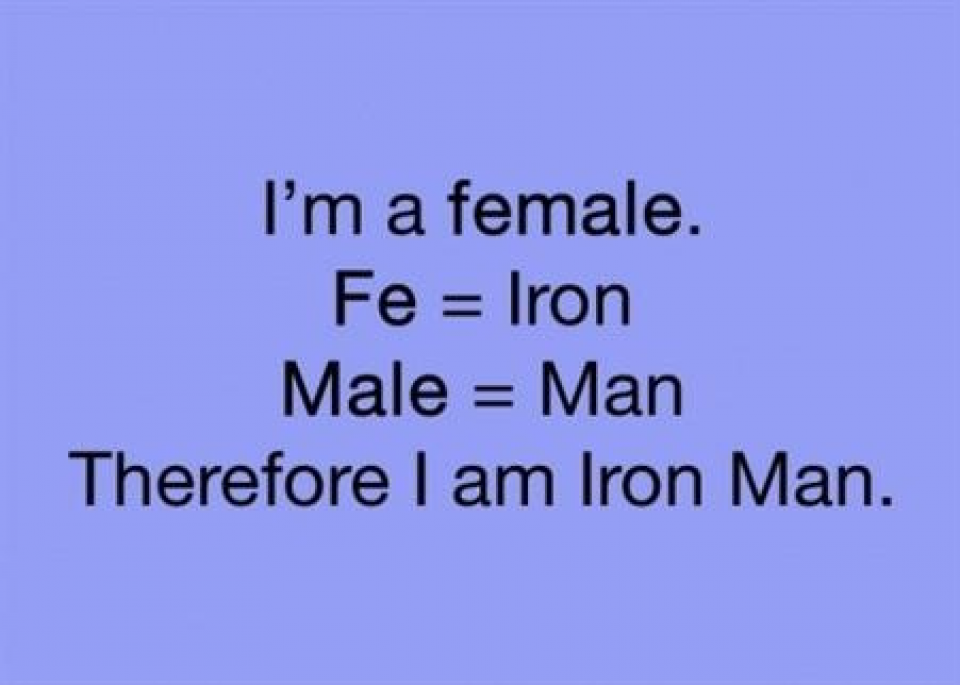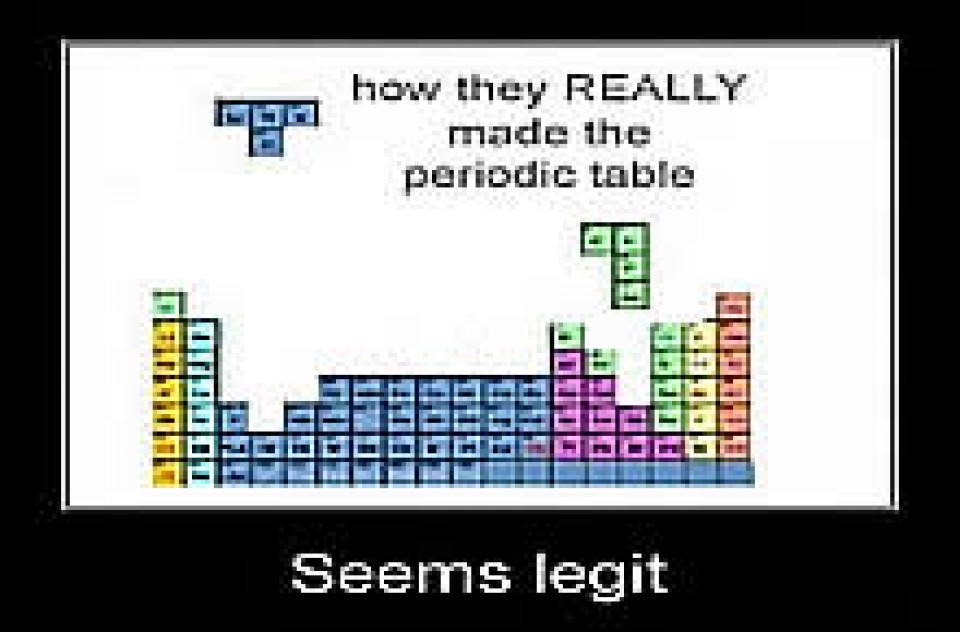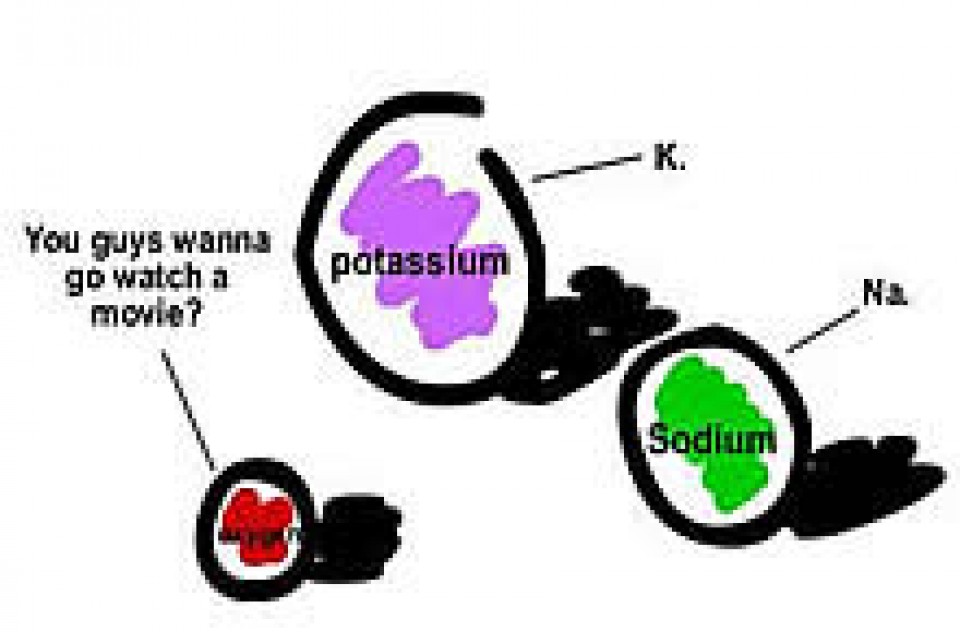[View the accompanying Lesson on Significant Digits & Measurements here.]
Significant Digits & Rounding
All numbers from a measurement are significant. However, we often generate nonsignificant digits when performing calculations. We get rid of nonsignificant digits by rounding off numbers. There are three rules for rounding off numbers.
Rules for Rounding Numbers
- If the first nonsignificant digit is less than 5, drop all nonsignificant digits.
- If the first nonsignificant digit is greater than or equal to 5, increase the last significant digit by 1 and drop all nonsignificant digits.*
- If a calculation has two or more operations, retain at least one nonsignificant digit until the final operation and then round off the answer.
Examples
- The first three significant digits are 17.8. The first nonsignificant digit is 4. According to rule #1, because 4 is less than 5 we round down, discarding all of the nonsignificant digits, leaving us with 17.8.
- The first three significant digits are 17.8. The first nonsignificant digit is 5. According to rule #2, because it is 5 or greater then we add 1 to the last significant digit (the 8 becomes a 9) and drop all of the nonsignificant digits. The answer is thus 17.9.
Placeholder Zeros
Round the measurement 151 mL to 2 significant digits.
- We keep the first two significant digits, 15. The first nonsignificant digit, 1, tells us to round down leaving us with 15. However, 15 is 10x smaller than the original number so we need to put a 0 in the ones place to maintain the magnitude of the number. So the answer would be 150. Remember, such placeholder zeros (trailing zeros) are not significant so 150 does have two significant digits.
Round the measurement 2788 g to 3 significant digits.
- We keep the first three significant digits, 278. The first nonsignificant digit is the final 8, which indicates we are to round up, adding 1 to the final significant 8 in the tens places making it 279. But again, 279 is much smaller than 2788 so we again need a placeholder zero in the ones place. So the answer would be 2790.
Examples
- 4.13
- 4.1
- 63400
- 0.056
* An alternate rule says that if the first nonsignificant digit is a 5 then always round so that last significant digit is even. Why? Since a 0 doesn’t really require ’rounding’, there are only 9 numbers that can be either dropped or rounded up. 5 is exactly in the middle of 1-9 so always rounding up at 5 would lead to more numbers being rounded up (5,6,7,8,9) than are rounded down (1,2,3,4). To avoid this, if a number ends in 5 then some of the time it’s rounded up and some of the time it’s rounded down – whichever way will make the last significant digit even.
For additional practice problems on significant digits and rounding, visit Significant Digits & Rounding Practice Problems.








